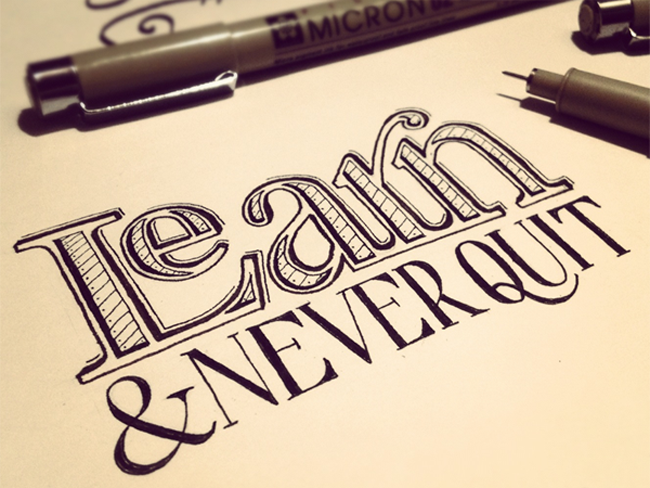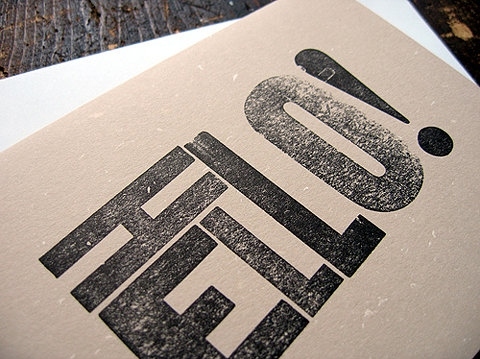Sign Writing
Sign painting is a learned craft with a long history. Historically artisans acquired the craft through apprenticeship, although many early sign painters were self-taught. An apprenticeship could last for years, depending on the skill of the apprentice and the knowledge of the master. The skills learned were varied, and some were complex. At the core of the training was proficiency in the manipulation of a lettering brush: this alone could take years to develop. A number of associated skills and techniques were also taught, such as gold leafing (surface and glass), carving (in various mediums), glue-glass chipping, stencilling, and silk-screening.
With the advent of computer software, sign painting has been displaced by computer controlled sign-making machines. The craft has all but disappeared, and is now only still taught in a few technical schools or specialty schools.
Old painted signs which fade but remain visible are known as ghost signs.
Gentlemen of Letters - A Dublin Sign Painting Film
Quotes I picked up from the short film:
"I do think that pieces of art or signage are really important to a lot of people - a lot of people do take a lot of notice of them and grow a massive love for them. I know, myself, that I would go out of my way to go past a piece of art or, say, a sign in Dublin, because I know that it's going to bring me some sort of joy to my route. I think that if you're a creative person, then you're going to notice these things and you're definitely going to walk in a different way around Dublin, and view things in a different way." - James Earley, Artist & Graphic Designer.
"Something hand painted just has more value to it." - Maser, Artist
"For me there's something a lot more interesting about something that has a human quality to it. Something which has all the hallmarks of being digitally made is a bit clinical. It's about the human touch." - James Early, Artist & Graphic Designer.
"You could do vinyl for this and it could take 20 minutes, and it looks great. But the chances are it will peel off, the chances are it won't last. Sign painting might take 2 or 3 days to do it, but if this shop is still open in 15 years, it will still be here. The paint will still be here, the gold leaf will still be here, the varnish will still be here. You can't just peel it off." - Colm O'Connor, Sign Writer.
"I think that they bring heritage to Dublin, and if they're removed from Dublin, then a massive part of Dublin's past is gone. I think they show a snapshot in time and they're a good way of cataloguing a bygone era." - James Early
"When people decide where they want to eat, the first thing they see is the sign." - Colm O'Connor, Sign Writer.
"Our history is important." - Paul Freeney, Son of Kevin Freeney (Sign Writer)
Lettering is the art of making letterforms by drawing or using lettering instruments. The art or technique of scribing letters onto something.
Letterpress
Letterpress printing is a technique of relief printing using a printing press. A worker composes and locks movable type into the bed of a press, inks it, and presses paper against it to transfer the ink from the type which creates an impression on the paper.
In practice, letterpress also includes other forms of relief printing with printing presses, such as wood engravings, photo-etched zinc "cuts" (plates), and linoleum blocks, which can be used alongside metal type in a single operation, as well as stereotypes and electrotypes of type and blocks.[1] With certain letterpress units it is also possible to join movable type with slugs cast using hot metal typesetting.
Letterpress printing was the normal form of printing text from its invention by Johannes Gutenberg in the mid-15th century until the 19th century and remained in wide use for books and other uses until the second half of the 20th century. Letterpress printing remained the primary way to print and distribute information until the twentieth century, when offset printing was developed, which largely supplanted its role in printing books and newspapers. More recently, letterpress printing has seen a revival in an artisanal form.







